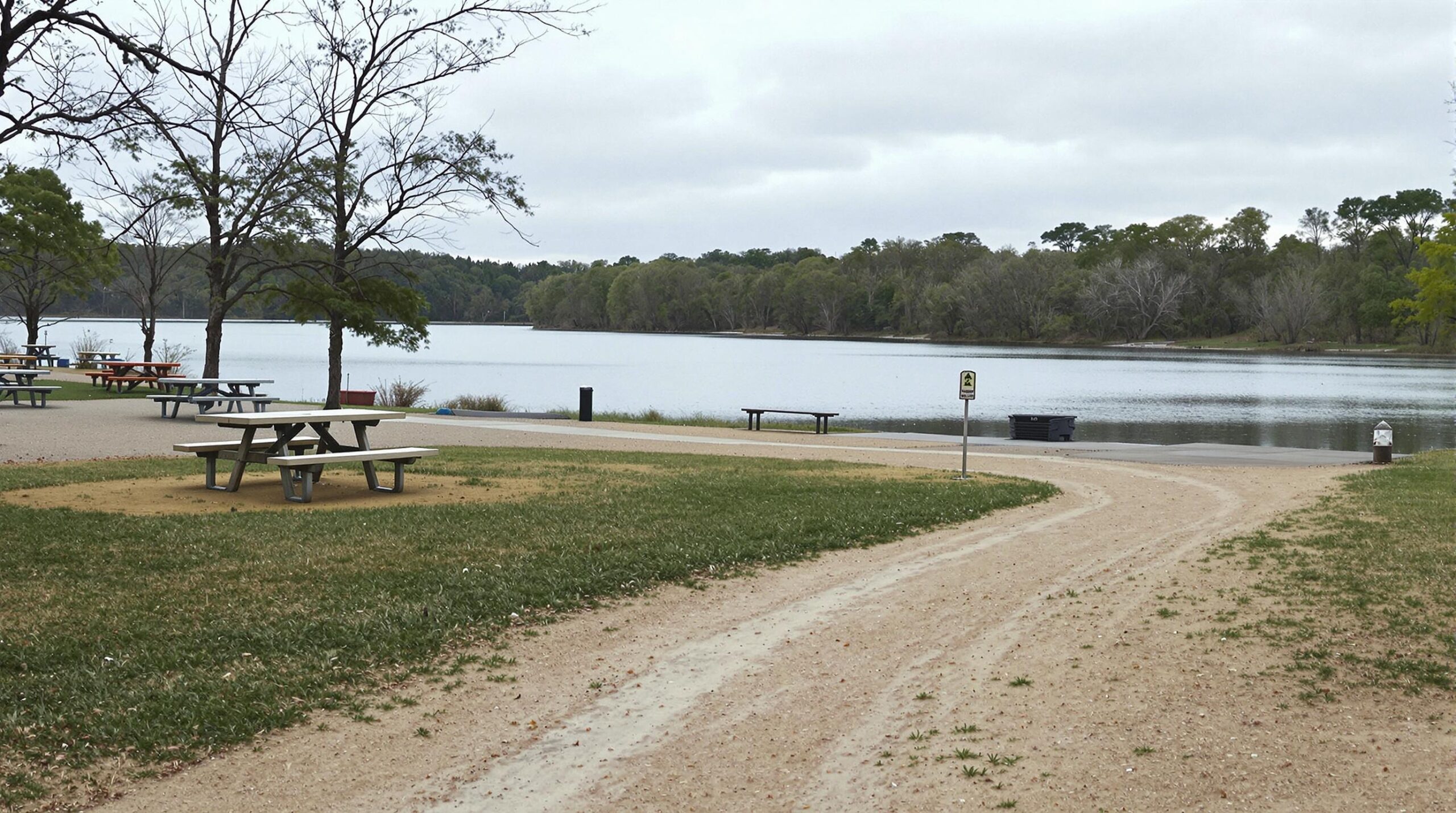The U.S. Army Corps of Engineers Omaha District has announced that it will implement temporary closures and reduced services at recreation areas along the Missouri River in South Dakota beginning May 1, 2025. Officials state that these adjustments address seasonal staffing shortages while preserving safety, environmental protection, and sustained hydropower operations. According to an official announcement from the Corps, several public-use sites in South Dakota will see scaled-back amenities in the coming months.
In South Dakota, North Shore Campground will be fully or partially closed throughout the season. The Corps has identified specific sites that will lose some or all of their services, including day-use amenities. A press release highlighted details about reduced restroom availability at Good Soldier Day Use/Boat Ramp and North Shore Beach Day Use/Boat Ramp, along with Old Fort Thompson, and Left Tailrace, where one vault toilet and one comfort station will be closed.
At Good Soldier Day Use/Boat Ramp, one vault toilet will no longer be accessible, while North Shore Beach Day Use/Boat Ramp will be affected by the closure of a comfort station and a vault toilet. Old Fort Thompson’s comfort station will also be shut down. Left Tailrace in South Dakota will lose both a comfort station and a vault toilet, and officials confirm that any open portions of these areas may have limited janitorial support.
Oahe Visitor Center near Pierre/Fort Pierre in South Dakota is slated to close for the season, and the Fort Randall Dam Visitor Center in South Dakota will also remain closed. The Corps confirms that powerhouse tours, which typically begin mid-May, are suspended indefinitely at Oahe, Big Bend, and Fort Randall Dams. Officials advise visitors to stay informed about any further changes by consulting updates posted online.
Trash collection at affected sites in South Dakota has been reduced from daily to three times per week. Safety patrols will be scaled back on holidays and peak weekends. The Corps emphasizes that continuing minimal services will help reduce immediate risks while allowing essential tasks, such as hydropower oversight and dam operations, to proceed.
Individuals who wish to cancel existing reservations must do so through Recreation.gov in order to receive a refund. The Corps recommends verifying the status of any visited site before traveling and encourages prospective guests to review current service conditions online. Officials do not mention automatic notifications, so travelers should be proactive in checking for the latest updates prior to arrival.
“We understand these closures may disrupt plans, and we sincerely appreciate the public’s flexibility as we take the necessary steps to provide safe and sustainable recreation experiences,” said Col. Robert J. Newbauer, Omaha District commander, in the official release. He also underscored the importance of safeguarding resources, protecting visitors, and sustaining hydropower operations throughout the ongoing challenges.
Seasonal staffing shortages remain the central reason for these cutbacks, as outlined in the Corps’ announcements. Officials point out that essential tasks will still be covered, but visitor centers and other non-core services may remain closed until staffing levels improve. The Corps reiterates that this plan aligns with current restrictions and that safety remains a central focus.
Campers and day-use visitors should be prepared for fewer available restrooms, reduced trash services, and limited weed control while the reductions are in effect. Corps personnel note that closing or partially closing some campgrounds can increase efficiency for critical structures or areas still open for public use. They assert that these decisions will help ensure that vital tasks remain manageable.
Meanwhile, travelers are encouraged to confirm local conditions before finalizing plans. Some day-use areas will stay open despite reduced features, allowing for picnicking, fishing, and boating where applicable. Officials say any active areas will be checked regularly to guard against misuse or environmental damage.
Although short-term inconveniences are expected, Corps representatives maintain confidence that public safety and environmental protection will not be compromised. Further updates will be released if closures are extended, and members of the public can access more information about the affected sites by following the official channels. The agency indicates that additional measures may be considered if current staffing constraints persist into subsequent seasons.
Operators in the private sector sometimes respond to displaced visitors by collaborating with neighboring recreation areas. Forming a local network of campgrounds, RV parks, and tourism stakeholders may help redirect travelers affected by public site closures while preserving steady tourism in the region. Offering flexible booking options, short-notice reservations, and updated online listings can maintain occupancy levels during disruptions.
Other recognized practices include using automation for routine tasks, placing highly visible safety signage, and encouraging visitor self-service. Simplifying check-ins with kiosks or web-based platforms can ensure that fewer staff can meet essential duties. Empowering guests to manage some housekeeping tasks supports cleanliness when janitorial resources are limited. Cross-training employees handling multiple responsibilities can also keep operations running smoothly.


